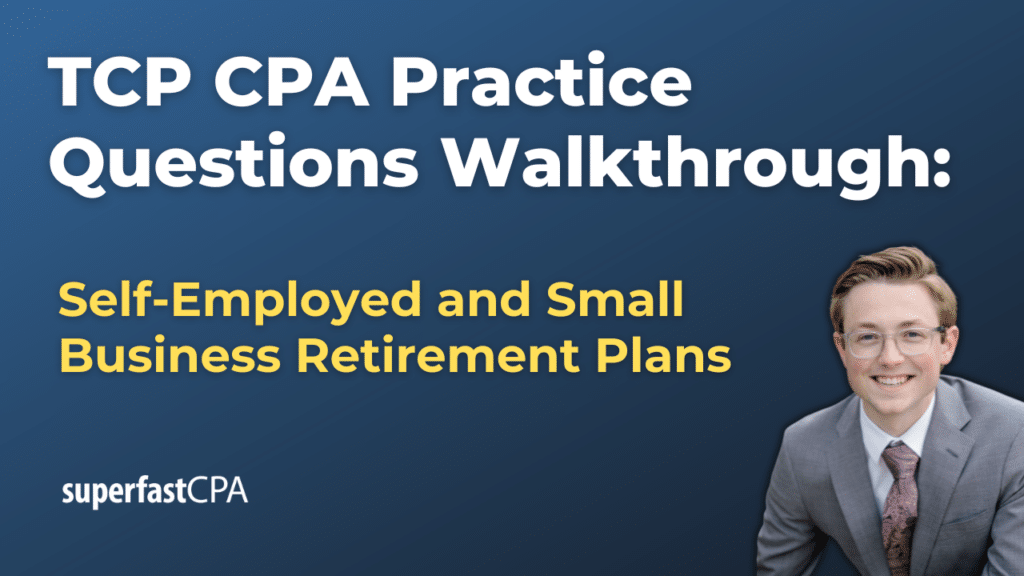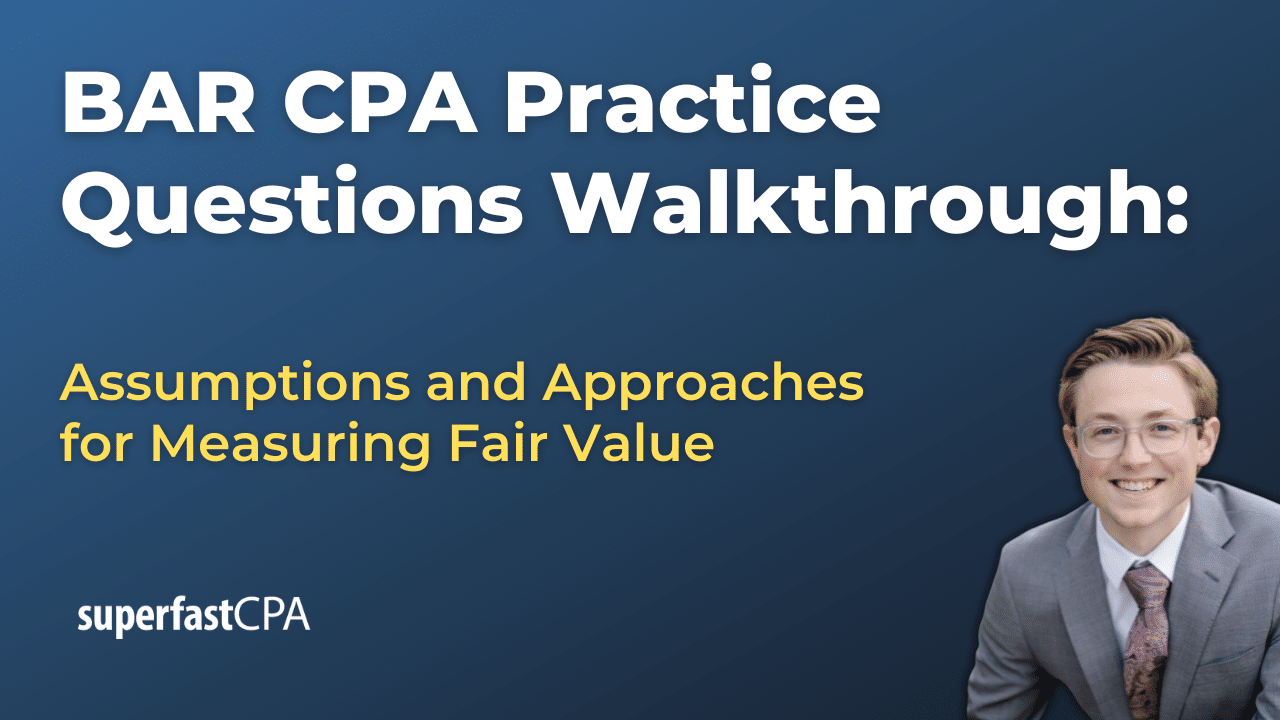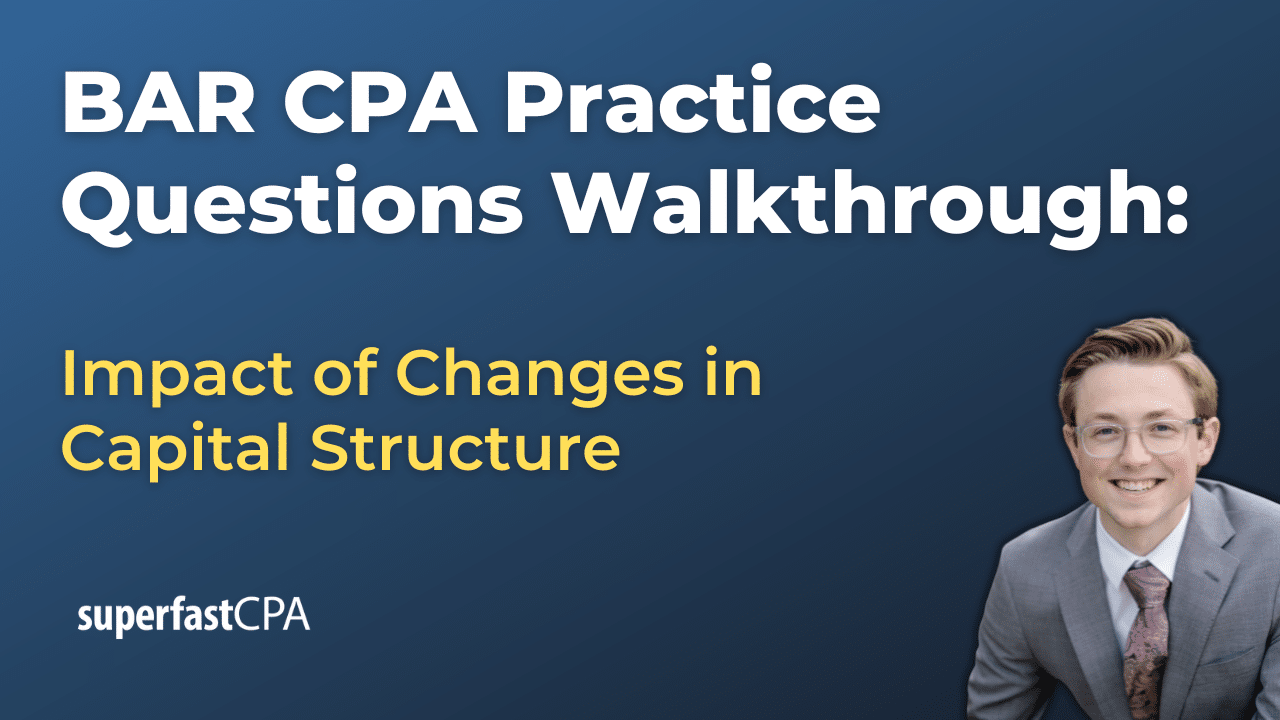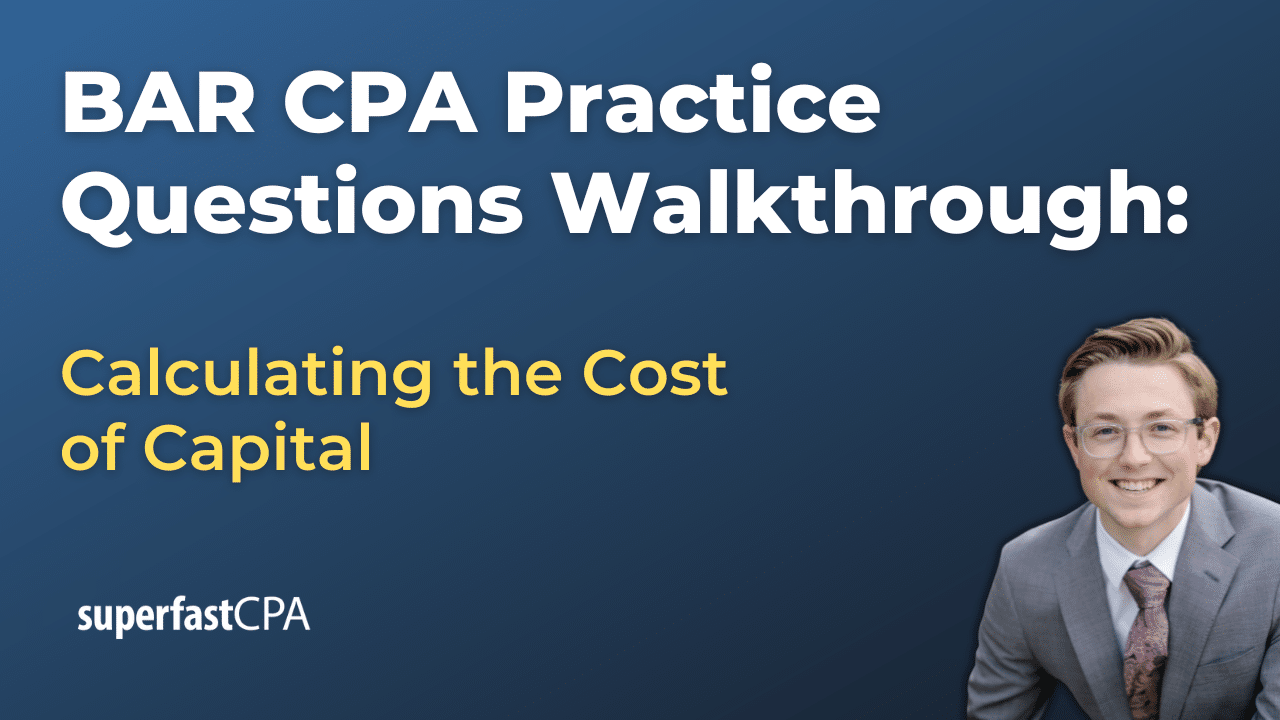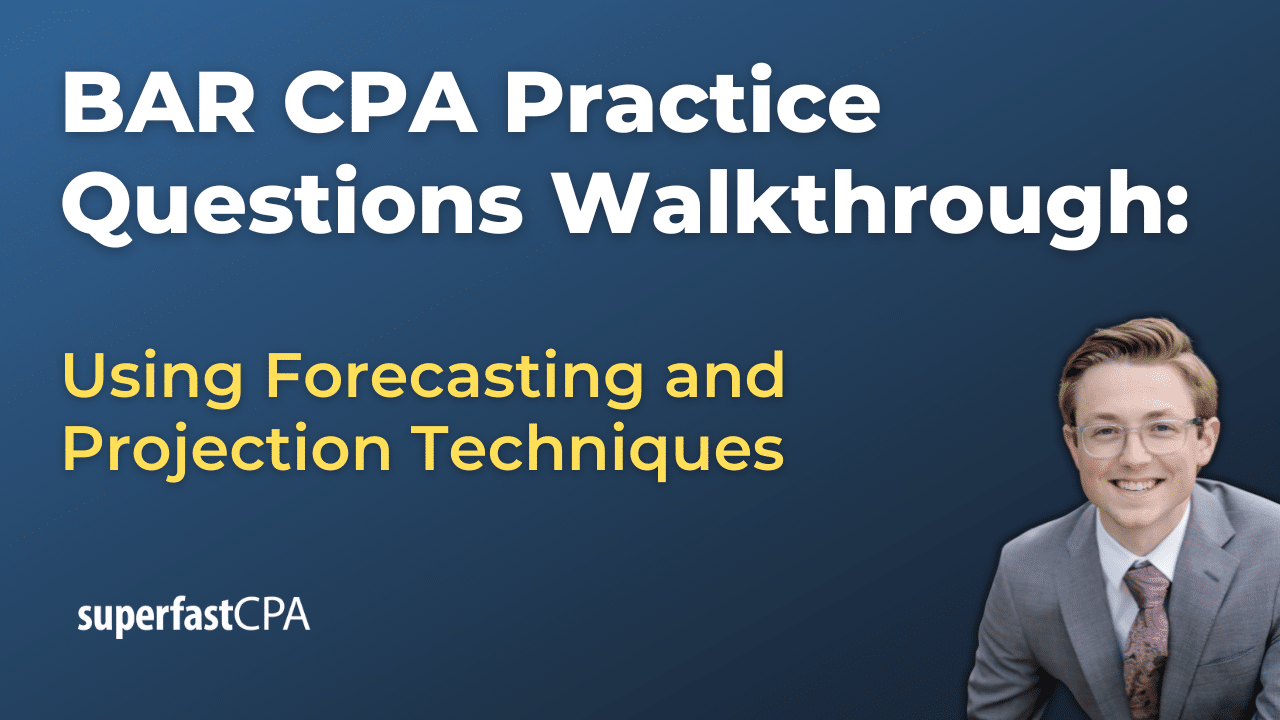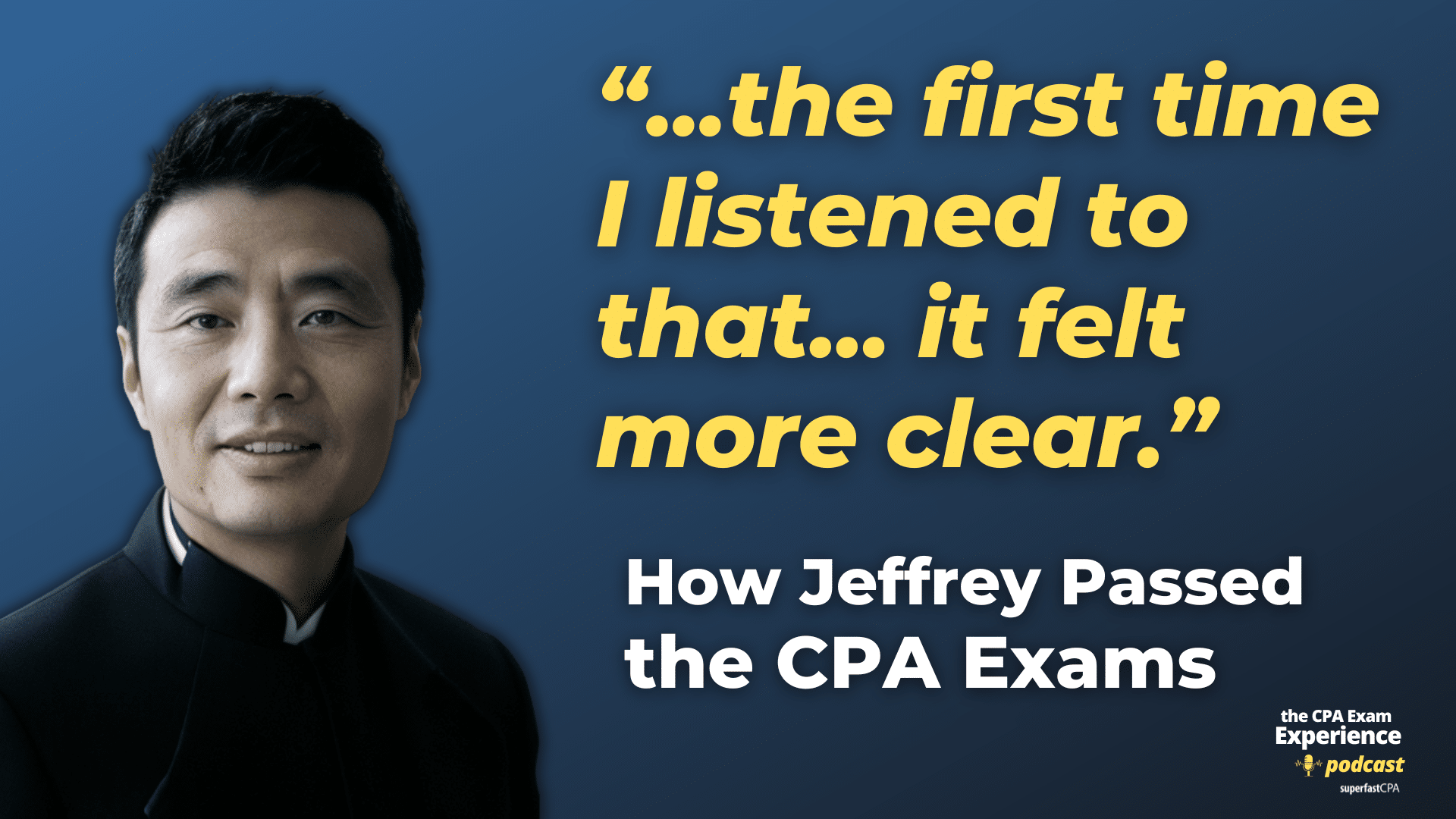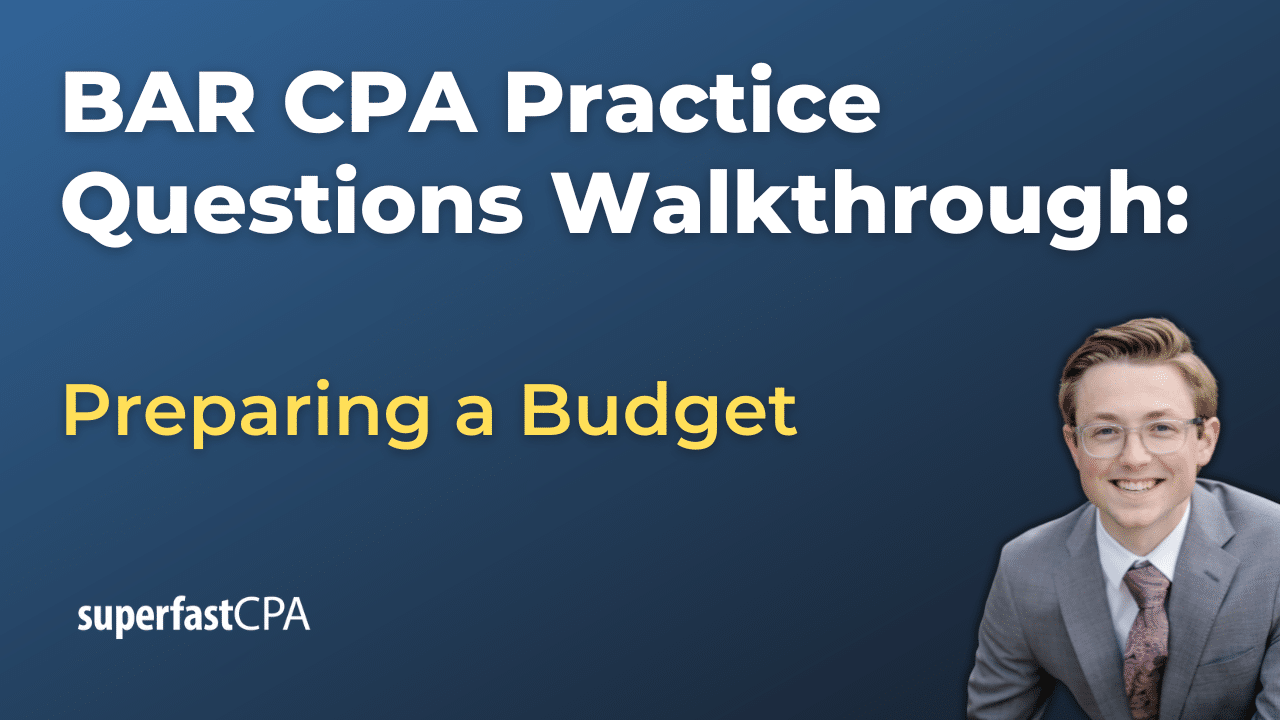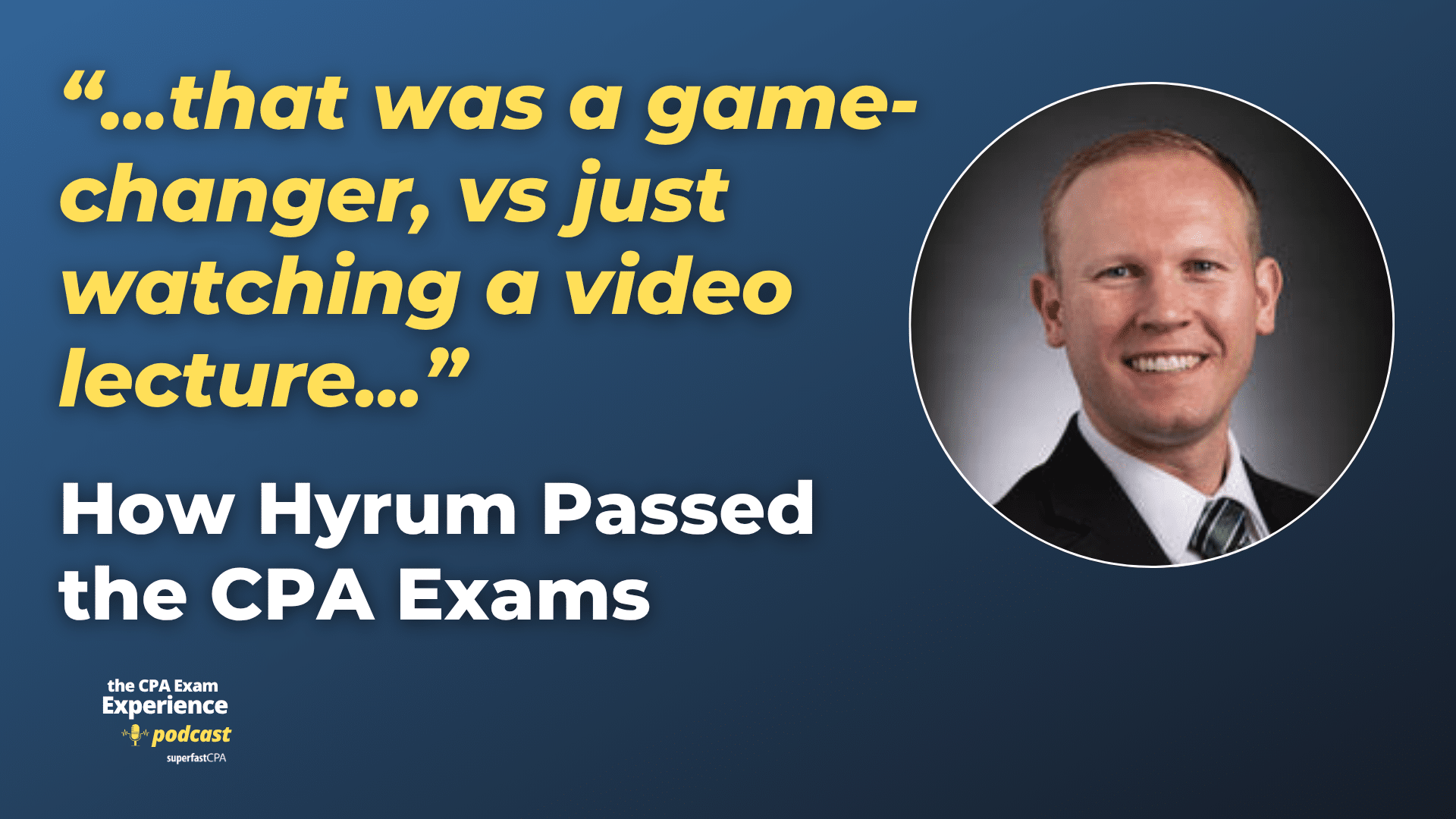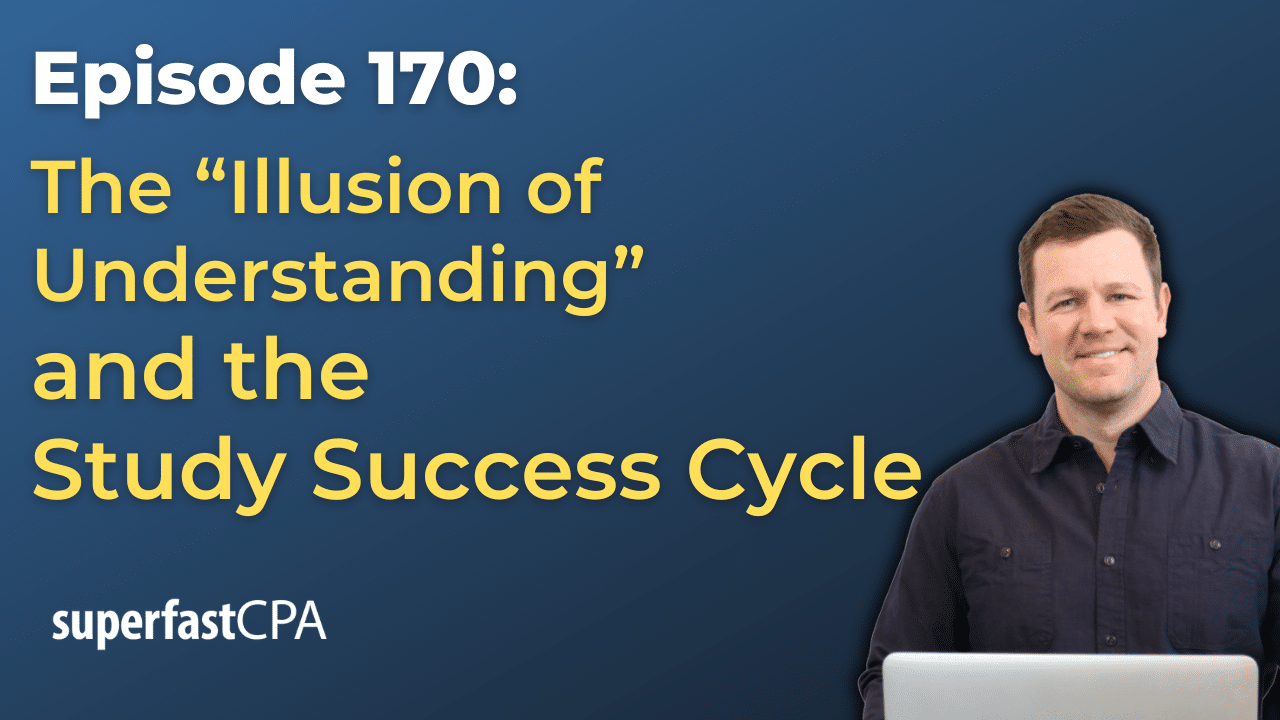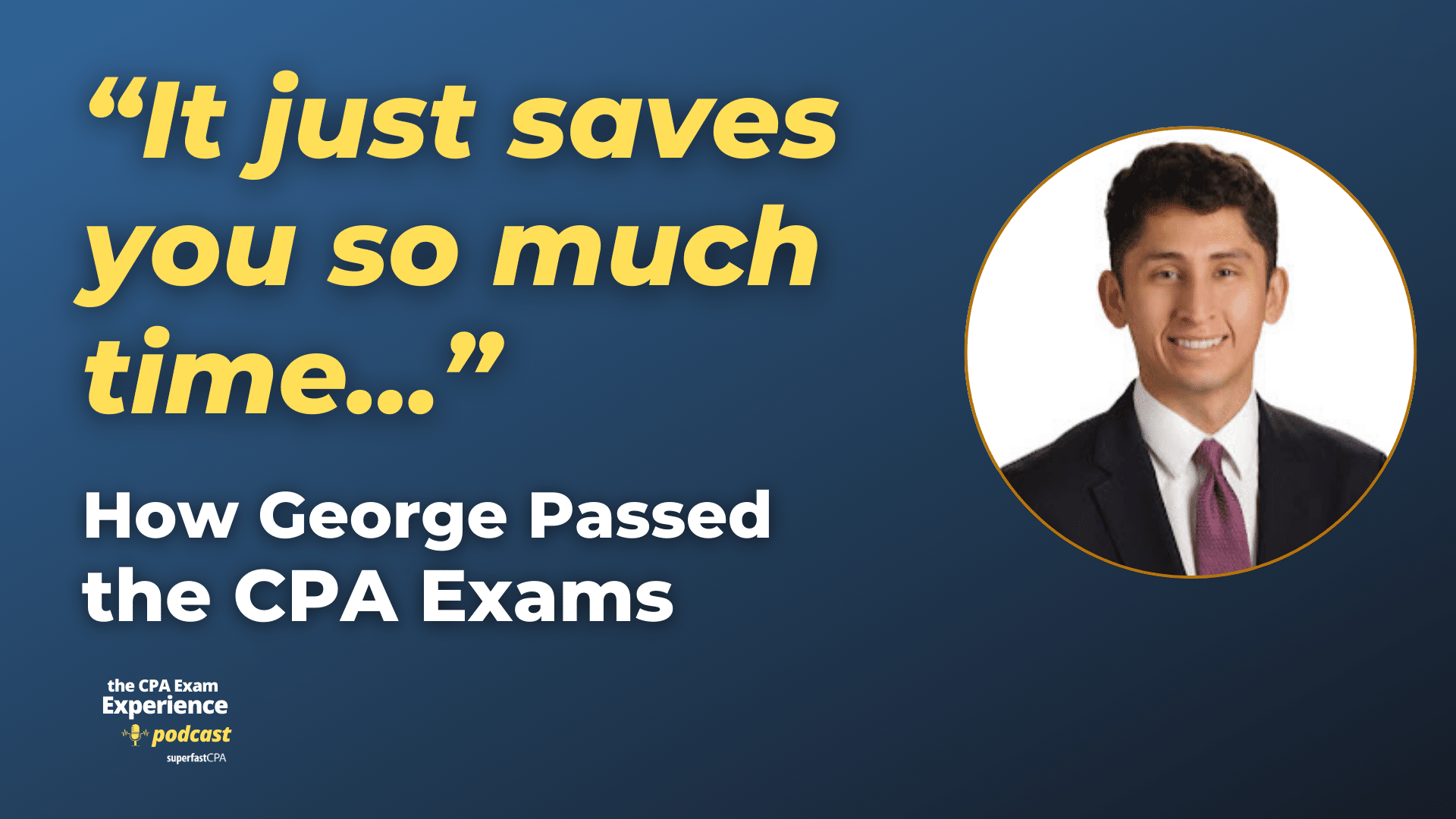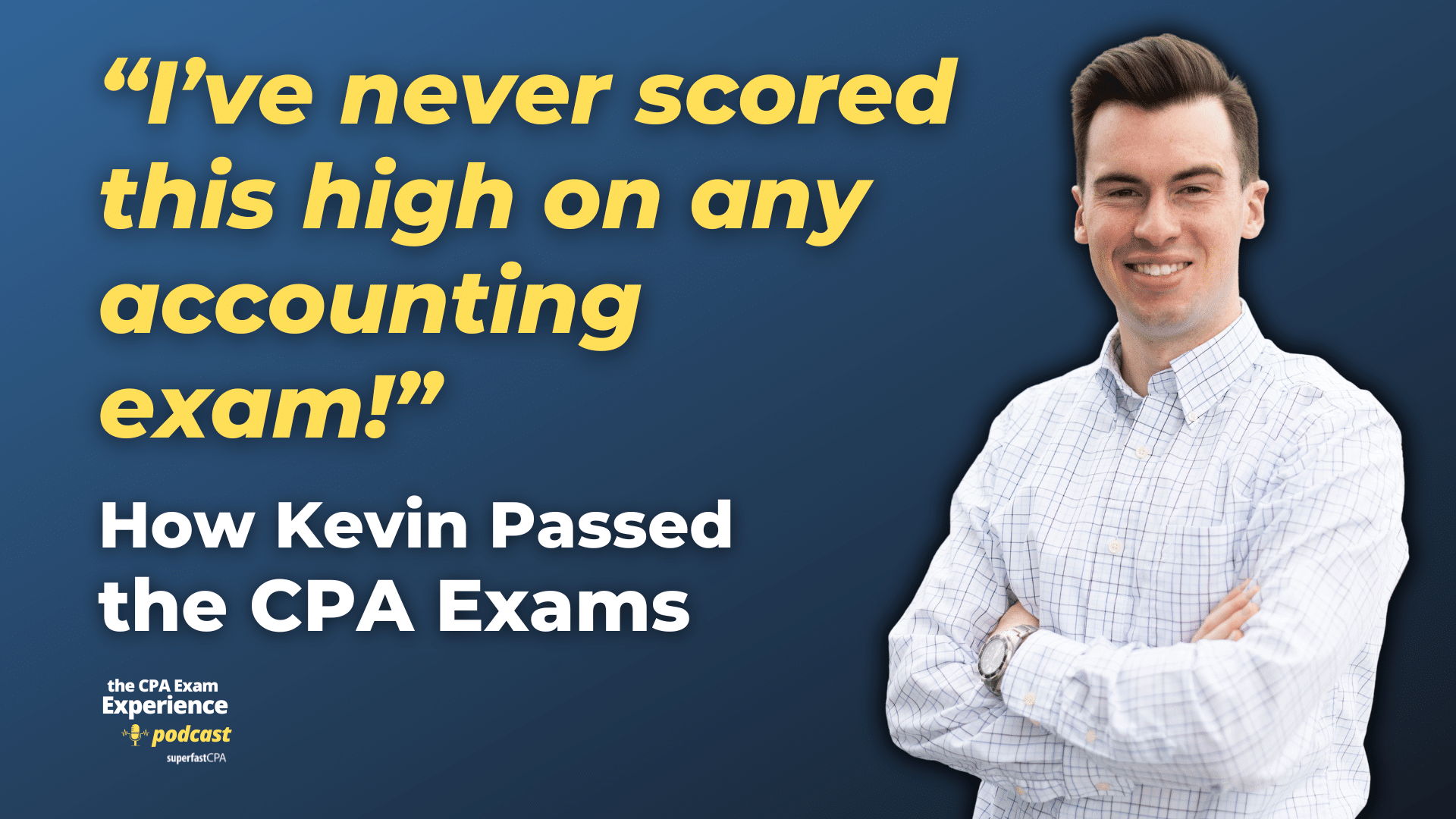In this video, we walk through 5 TCP practice questions teaching about self-employed and small business retirement plans (SEP IRAs, SIMPLE IRAs, Keogh Plans, and DPSPs). These questions are from TCP content area 1 on the AICPA CPA exam blueprints: Tax Compliance and Planning for Individuals and Personal Financial Planning.
The best way to use this video is to pause each time we get to a new question in the video, and then make your own attempt at the question before watching us go through it.
Also be sure to watch one of our free webinars on the 6 “key ingredients” to an extremely effective & efficient CPA study process here…
Self-Employed and Small Business Retirement Plans
Here’s a detailed overview of SEP IRAs, SIMPLE IRAs, Keogh Plans, and DPSPs, including examples to illustrate how each works:
SEP IRAs (Simplified Employee Pension Individual Retirement Arrangements)
SEP IRAs are retirement accounts tailored for self-employed individuals, small business owners, and their employees. They allow employers to make contributions directly to an IRA set up for each eligible employee, including themselves if they are self-employed.
Key Features:
- Employers can contribute up to 25% of an employee’s compensation or a specific dollar cap, (which is $66,000 in 2024), whichever is less.
- Contributions are tax-deductible, and earnings grow tax-deferred.
- Easy to set up and low administrative costs.
Example: Laura, a freelance graphic designer, earns $180,000 a year. She opts for a SEP IRA and can contribute 25% of her income, resulting in a contribution of $45,000, which is less than the $66,000 cap.
SIMPLE IRAs (Savings Incentive Match Plan for Employees)
Designed for small businesses with 100 or fewer employees, SIMPLE IRAs allow both employer and employee contributions, making it easier for employees to save for retirement.
Key Features:
- Employers must either match employee contributions dollar-for-dollar up to 3% of the employee’s compensation or contribute 2% of each eligible employee’s compensation regardless of employee contributions.
- Employees can contribute up to a certain amount (for example, $15,500 in 2024), with a catch-up contribution if they are aged 50 or over (again for example, $3,500 in 2024).
- Simpler and cheaper to manage compared to 401(k) plans.
Example: Benjamin owns a bookstore with four employees. He chooses a SIMPLE IRA and matches his employees’ contributions up to 3% of their compensation. If an employee earns $40,000 a year and contributes $1,200 (3%), Benjamin also contributes $1,200 for that employee.
Keogh Plans (HR-10 or Qualified Plans)
Keogh plans are pension plans for self-employed individuals and their employees in unincorporated businesses. They can be set up as either defined benefit plans or defined contribution plans like profit-sharing plans.
Key Features:
- Offers higher potential contribution limits, especially in defined benefit plans.
- Contributions are tax-deductible, and earnings grow tax-deferred.
- More complex to set up and administer than SEP or SIMPLE IRAs.
Example: Helen, a self-employed interior designer with a net profit of $280,000, sets up a defined contribution Keogh plan. She can contribute the lesser of 25% of her earnings or $61,000, leading to a contribution of $61,000 for the year.
DPSPs (Deferred Profit-Sharing Plans)
DPSPs allow employers to share a portion of their profits with their employees based on the company’s earnings. Contributions are made by the employer only and are discretionary.
Key Features:
- The contribution limit is the lesser of 100% of the employee’s compensation or $60,000 (in 2024).
- Offers flexibility in contributions based on profitability.
- Contributions are tax-deferred until withdrawal.
Example: Emily, who owns a digital marketing agency with annual profits of $500,000, decides to contribute $60,000 to her employees’ DPSPs. Her own compensation is $120,000, but the maximum she can contribute to her own plan is capped at $60,000, despite her higher earnings.
Each of these retirement options offers specific advantages and is suitable for different types of businesses and their respective needs, providing a range of choices for saving for retirement while benefiting from tax advantages.

